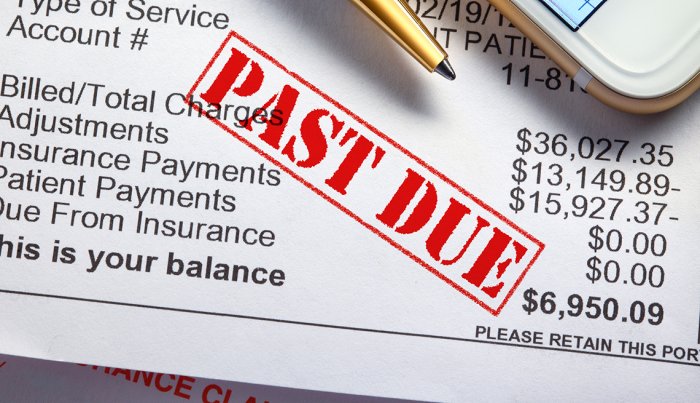Senior housing can grow to be extremely expensive, leaving seniors with no other choice but to spend the majority of their retirement savings on rent. Fortunately, there are affordable sheltering programs that can help you find the best kind of care for yourself or for a loved one without breaking the bank. Here are three Housing and Urban Development (HUD) programs with hopeful prospect.
Option 1: Low Income Housing Tax Credit (LIHTC)
While this option is not specifically targeted towards senior living, the intention of this federally-funded program is to ensure there is an adequate amount of low-income housing to meet the needs of the people. According to HUD, which created the LIHTC, an average of 105,000 units were made available each year from 1995 to 2011.
The building owner designates how many units will be limited for low-income residents. The owners will then accept the rent amount specified by HUD to engage in the program and be eligible for tax credits. A senior who meets the HUD income criteria can research their local area for HUD-approved residences that offer the housing tax credit.
Option 2: Housing Choice Voucher Program
Commonly known as Section 8, this budget friendly housing option allows low-income residents to rent “safe and reasonable” apartments or other dwellings. Under Section 8, landlords must accept 30 percent of the family or individual’s income as a full rent payment.
To be eligible for this option, your individual income must not exceed 50 percent of the median income in the local area. Section 8 is not a senior-specific low-income program.
Option 3: Section 202 Supportive Housing Program
Also HUD-funded, the Section 202 Supportive Housing Program is specifically catered towards adults aged 62 and older who meet the “very low income” requirement. It’s the only government-sponsored housing program offered exclusively for seniors looking for affordable housing. Section 202 currently funds over a quarter million senior living units. Section 202 is similar in structure to Section 8, but participants must pay 30 percent of their income for rent, with the HUD subsidy making up the balance.
https://www.hud.gov/program_offices/housing/mfh/progdesc/eld202




